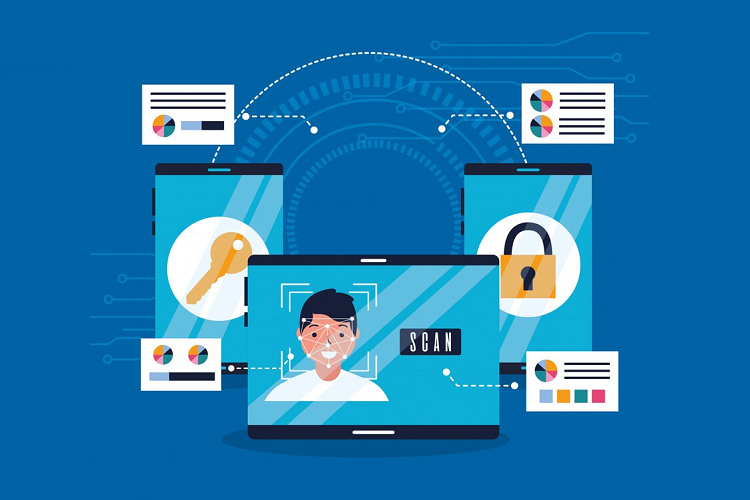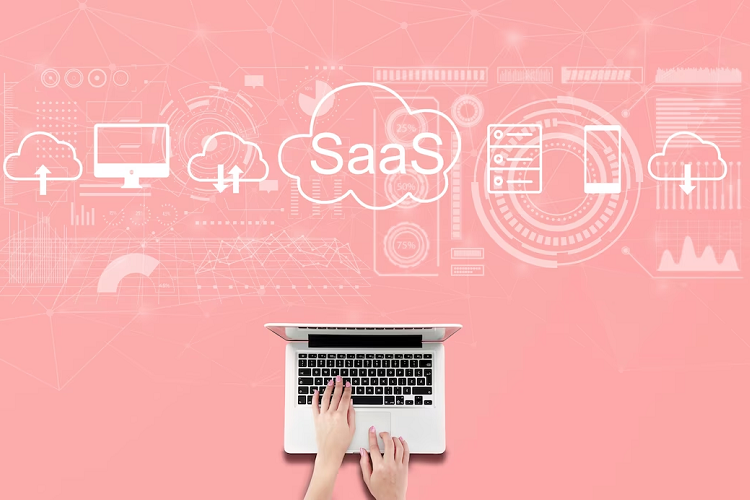Demystifying difference between augmented reality vs virtual reality vs mixed reality to clarify how businesses can benefit using real life applications.
The tech domain has come a long way, and science-fiction things are very close to becoming a reality. The concepts of teleporting, touching virtual objects, and exploring an animated world are becoming a robust reality. Technologies like Augmented, virtual, and mixed reality are reducing the gap between reality and imagination.
| Virtual Reality (VR) | Augmented Reality (AR) | Mixed Reality (MR) |
|---|---|---|
| Fully artificial Environment. | Virtual objects overlaid on real-world environment. | Virtual environment combined with real world. |
| Full immersion in virtual environment. | The real world enhanced with digital objects. | Interact with both the real world and the virtual environment. |
Augmented Reality (AR) vs Virtual Reality (VR) vs Mixed Reality (MR)
When it comes to experience enhancement and going beyond the existing reality, the trio of AR, VR and MR is disrupting the limitations. As these technologies are closely related to each other, many people wonder which technology does what? To clear the air and understand these technologies, we are here to get you going.
Augmented Reality
With AR technology, users can superimpose digital images over real-world objects and better overview the projected image. Users can easily interact and see the projected images with great details and multiple angles.
Several AR Apps and dedicated AR devices are available in the market that is ready to use without requiring any training. You will easily find this modern technology on many smartphones and tablet computers. Using this technology, a user gets the opportunity to explore and check a product with a higher degree of detail.
Be it furniture shopping, buying personalized shoes, or ordering clothes, users can enjoy the interactive augmented experience and buy the right products.
How does it work?
AR implementations are straightforward, and it doesn’t require additional hardware for using this technology on the go. This technology uses the smartphone’s camera to capture the real time surface area and projects the pre-built designs through a dedicated AR application.
The projections are readily available in the AR application, and the user only needs to pick the object or design for the projection.
Applications of Augmented Reality Services
The AR World is loaded with real-life use cases that can improve our daily lives by offering us more information over the top of physical objects. Some of the popular applications of augmented reality that are transforming our lives:
- Better medical and other ground training
- Enhanced shopping experience
- More interactive tourism activities
- Improved classroom learnings
- Interactive entertainment services
Virtual Reality
Most people have heard about this technology in which a user can jump into a different environment, which may not have any connection with the real-world surroundings. The most lucrative advantage of VR Experience is that a user can move freely, and the virtual projections keep changing in real-time.
It is one step ahead of augmented reality in which the user can also hear sounds along with enjoying the virtual reality. It uplifts the entire viewing experience, and the artificial environment is very close to a real-world place.
To use virtual reality, users need to wear VR Devices, which are head-mounted displays. These displays are easy to connect with any smartphones, and you can use them on the go. Several videos and VR Apps available online that offer VR-based content.
How does it work?
This technology offers a stereoscopic sightseeing effect, which uses a set of lenses present in the headset’s viewport. Users can control their VR headset using a remote, which also helps synchronize the smartphone’s projection with the lens.
Once the smartphone and VR headset is paired, users can immerse into VR world in a single click, which serves various purposes.
Applications of Virtual Reality Services
You will find a wide range of VR headsets made for immersive gaming, virtual tours, interactive training, and more. Below are some applications of VR that are futuristic and exciting:
- Interactive product marketing
- Enhanced gaming and 360° video watching
- Better learning and skills development
- VR can be used in various architecture projects & site explorations.
- Virtual field training
Mixed Reality
It is an enhanced innovation in the space of artificial or digital reality. Most people get confused between mixed reality and virtual reality, but both are different. In this technology, the virtual objects are not only superimposed over the physical surface, but users can also interact with them. It’s an innovative approach in which users use both virtual and physical elements to enjoy the content.
In this technology, the virtual designs are projected over real-life objects, and users can also pick the physical items to continue the digital explorations. To enjoy this technology, users need to wear MR devices for interacting with the video’s digital aspects or a game.
How does it work?
Mixed reality products work in a hybrid model that uses AR and VR technologies simultaneously. Its device is similar to the AR HMD, but its glass is translucent, and the user can see through it.
MR is more interactive than VR or AR as it allows users to interact with the objects kept nearby. The best part about MR is that users can also use fingers and hand-based gestures to interact with the multimedia.
Applications of Mixed Reality Services
MR is an innovation compared to AR and VR, but the popularity is this technology is overgrowing. Some of the exciting applications of mixed reality are:
- MR can be used in an advanced level of simulation training
- Complex projection of engineering graphics and parts
- Highly-interactive entertainment
- Futuristic online gaming
- Research and development
Virtual Reality, Augmented Reality and Mixed Reality technologies are only the beginning of more advanced technological advancements. In the upcoming time, we will see more use-cases of these innovations. Several hubs offer professional services of VR, MR, and augmented reality to cater to the growing demands. This virtual experience trend is here to stay with us, and it will transform the way we consume digital content.
Kiran Hurkadli is the director of Zeal 3D Printing. Zeal offers comprehensive digital manufacturing services including 3d printing, CNC machining, and more to help businesses grow faster.


